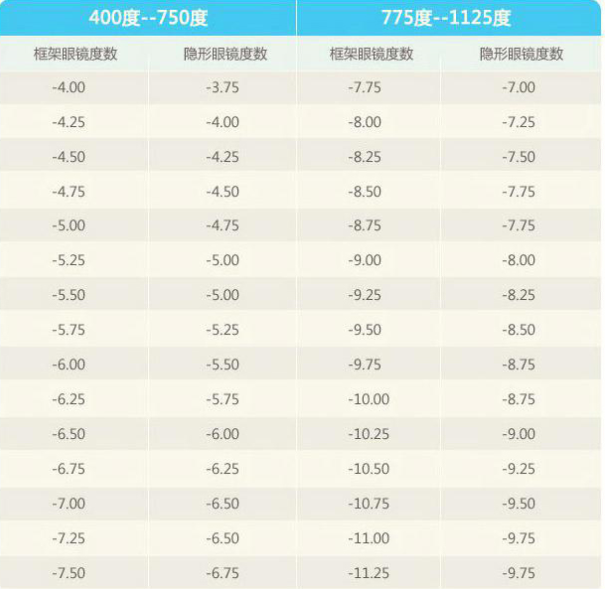Contact Person : Laura Yang
Phone Number : +86 189 3243 5573
WhatsApp : +8618932435573
March 06,2023
When you wear frame glasses, you must know the degree of your eyes, and contact lenses also need accurate degrees. However, the degree of contact lenses may not be exactly the same as the degree of frame glasses. Why?
Contact lenses are always directly attached to the eyeball during the wearing process, which is closer to the retina than the lenses of frame glasses, so the degree is generally lower than that of frame glasses. And so, it involves the conversion of contact lens degrees. Contact lenses have a complex degree conversion formula: frame glasses diopter/(1-0.012×frame glasses diopter), where 1 diopter is what we usually call 100 degrees, and 0.012 means the frame glasses and the highest point of the eyeball Distance, in meters.
In the actual calculation, it can be found that when the degree is lower than 400 degrees, the conversion results are almost the same. But the higher the degree, the greater the difference between the two, which can no longer be ignored. In general, the same or slightly lower degree as the actual degree should be selected to avoid overcorrection.

If you feel that the conversion formula is cumbersome, there is also a comparison table to find the required degree more clearly. However, if the eye situation is more complicated, and myopia is accompanied by astigmatism, the editor recommends that you conduct a professional optometry examination before glasses, and perform glasses according to the opinions given by the optometrist.
Contact lens prescription is inaccurate, and it is easy to pay attention to fatigue, resulting in an increase in the degree. Therefore, we remind everyone to carefully confirm the conversion result of the degree before wearing contact lenses, so as not to affect the development of vision.
Enter Your Message